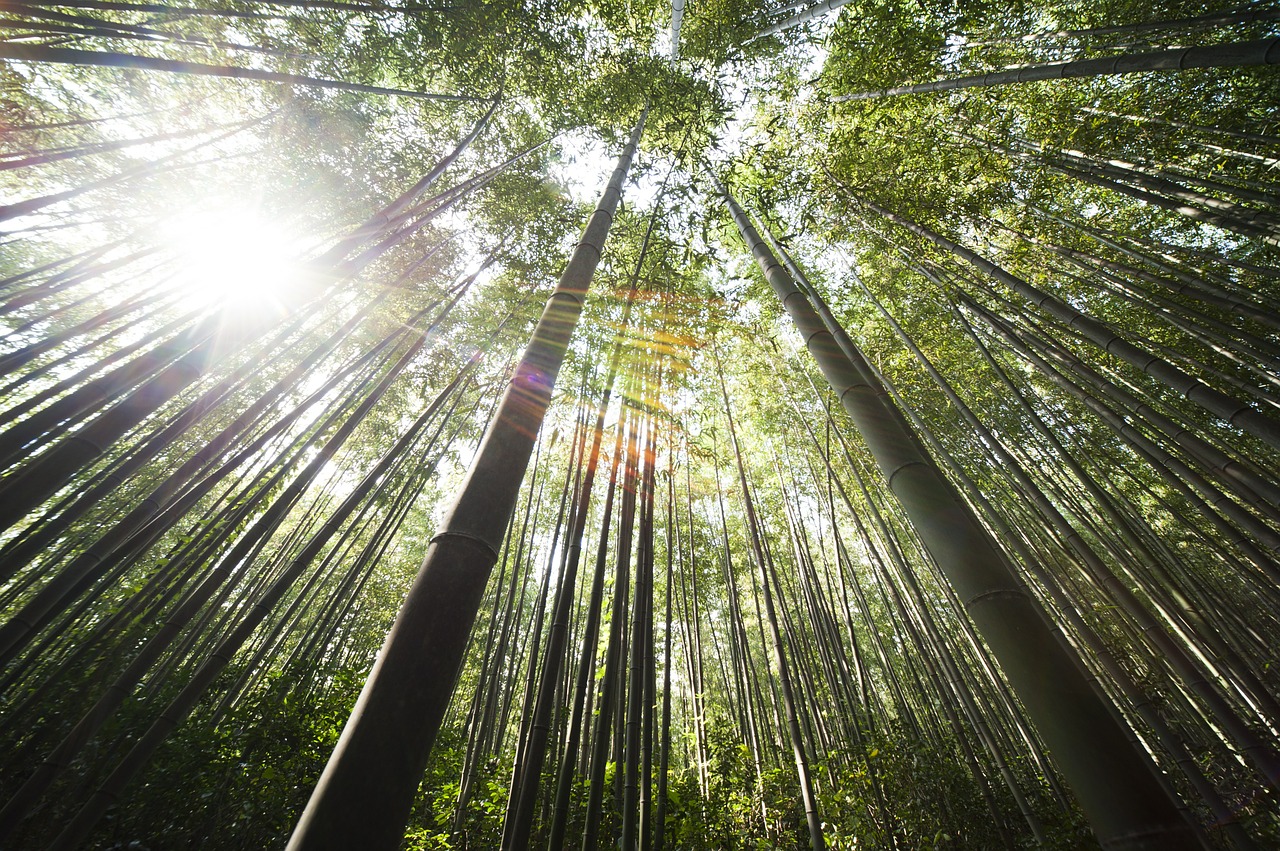Sometimes it can feel like our attempts to protect the environment aren’t making a difference to anybody but ourselves. However, the reclassification of the Giant Panda shows that isn’t true.
The panda population levels have grown by 17% in the last decade and the International Union for the Conservation of Nature to reclassify the Giant Panda from endangered to vulnerable. When so much of climate change news is negative, it is great to see how combined international efforts have halted the decline of the species. Particularly when you consider how closely linked conservation efforts are to climate change.
Habitat loss and climate change?
Before researching this article, I thought that the conservation of animals was only similar to climate change in that both were caused by human actions. I soon realised that climate change and conservation are two sides of the same coin, irrevocably linked.

Because wild animals are incredibly vulnerable to the symptoms of climate change - things like heightened temperatures, increasing sea levels and longer wildfire seasons - the best way to protect their populations is by protecting their natural environment. Carbon emissions are often the cause of endangered species because animals are completely dependant on their natural habitats. The growth of panda reserves by almost 70% resulted in the increase in the Giant Panda population. These panda reserves are now nearly 14,000 square kilometres (5,400 square miles) large and house 67% of the panda population.
US President Barack Obama has recently spoken out about how the degradation of national parks is directly linked to climate change.
One of the biggest things that binds us together is we only have one planet and climate change is probably the biggest threat, not only to natural wonders..but to the well being of billions of people.- US President Barack Obama
Obama has added 20 sites to the American National Park system during his two terms in office, another win for habitat conservation.
Don't miss the forest for the trees
While conservation efforts like those of Obama and the Chinese government are a great example of protecting species from the symptoms of climate change, ultimately limiting carbon emission is much more effective.
This is clear when we look at the Giant Panda conservation, the success of which could be short lived. It is predicted that more than 33% of the panda's bamboo forests will be lost due to climate change in the next 80 years. Ultimately, our efforts need to be focused on minimising our reliance on fossil fuels and cutting our carbon emissions.

When you are sick you treat the cause as well as the symptoms. With this in mind, it's important that in this case we don't solely focus on the symptoms of climate change, but address the cause of habitat degradation as well.
How can I contribute to the big picture?
A big take away from the success of various conservation efforts is the reminder that it is possible to reverse the negative impacts of climate change. It is worth investing our time, money and resources in undertaking projects to stall the destruction of natural habitats and protect endangered species.
We can apply this principle in our day to day lives. Large scale environmental devastation caused by carbon pollution can be stopped through collaboration.
Two main areas in which we have the power to help:
(1) Demanding the protection of National Landscapes
It is important to become involved in the conversation surrounding protecting public lands, minimising the use of herbicides or pesticides and even proposing new parkland areas to halt the symptoms of climate change. Providing adequate protection can help preserve the diversity of life and ensure the globe is able to adapt to the changes brought about as the temperature rises. By identifying and campaigning to protect key nature reserves, we can make a big difference to the lives of various species as well as our own ability to cope with the impacts of climate change.
The diversity of life is a fundamental part of all our efforts to understand the changes happening on our planet and focusing our conservation efforts so that people and nature can thrive.- Dr M Sanjayan from Conservation International.
Currently in Australia a great issue to actively contest is the Carmichael Coal mine which, despite conforming to the countries strictest regulations around coal mining, is projected to expel 4.7 billion tonnes of carbon dioxide.
If the thought of protesting intimidates you - think about voting for the protection of national landscapes with your wallet. Simply by refusing to purchase products made with palm oil can have a great impact for endangered species

(2) Don't miss the source of the problem
Our conservation efforts are powerful and effective and will elicit real change. But ultimately, if we don't address the source of climate change, they will be pointless. We need to drastically move away from our reliance on carbon. It doesn't have to be a big sweeping change, but making small choices to remove carbon consumption from your lifestyle.It's a change to ensure animals like the Giant Panda have the best chance of survival, and so do we.
Read Next: 5 ways to lead a low carbon life style
Picture Source: Pixabay

